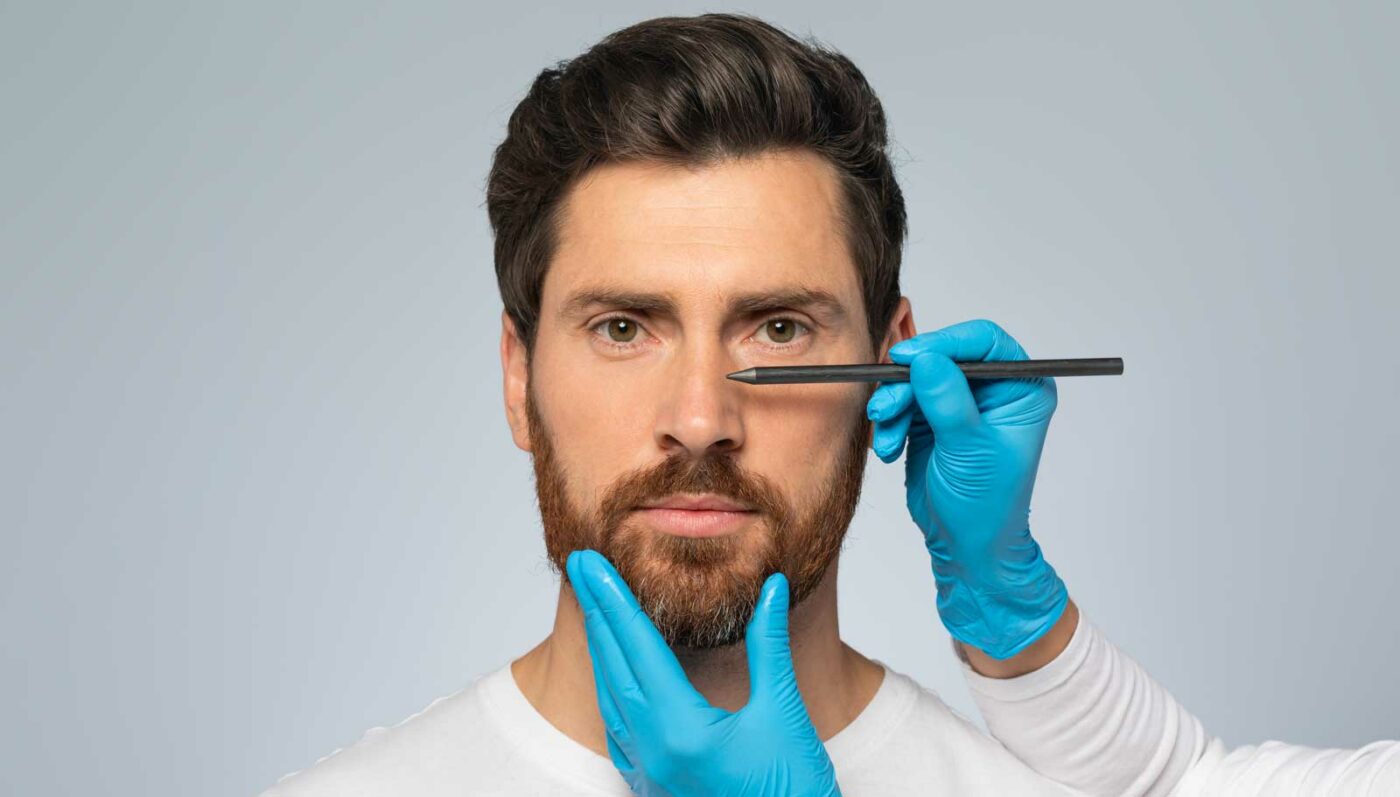Rhinoplasty, also known as a nose job, is a surgical procedure that aims to reshape the nose and improve its appearance and function. Whether you’re unhappy with the size, shape, or proportion of your nose or you’re experiencing breathing difficulties due to a deviated septum or other nasal issues, rhinoplasty can offer a solution. This article will delve into the world of rhinoplasty, exploring what it is, how it works, and what it can and cannot fix.
What is rhinoplasty and how does it work?
Rhinoplasty is a surgical procedure that involves making incisions either inside the nose or on the skin between the nostrils. These incisions allow the surgeon to access the underlying structures of the nose, such as the bone and cartilage. Depending on the desired outcome, the surgeon may remove, reshape, or rearrange these structures to achieve the desired result. Once the modifications are made, the incisions are closed, and the nose is carefully bandaged to support the healing process.
Common reasons for getting a nose job
People seek rhinoplasty for various reasons. One of the most common motivations is to enhance the aesthetic appearance of the nose. Individuals may feel self-conscious about the size or shape of their nose and desire a more balanced and harmonious facial profile. Another common reason is to address functional issues. Some individuals may have difficulty breathing due to a deviated septum, enlarged turbinates, or other structural abnormalities. Rhinoplasty can correct these issues, improving both the form and function of the nose.
What can a rhinoplasty fix?
Rhinoplasty can address a wide range of concerns related to the nose. It can reduce or increase the size of the nose, reshape the nasal tip, refine the nostrils, and correct asymmetry. If you have a bump or depression on the bridge of your nose, rhinoplasty can smooth it out. Additionally, if you have a deviated septum or other structural issues that impede your breathing, rhinoplasty can correct these problems, allowing for better airflow. However, it’s important to have realistic expectations and understand that the outcome of rhinoplasty may vary based on individual factors and the expertise of the surgeon.
What a nose job cannot fix
While rhinoplasty can address many concerns related to the nose, there are limitations to what it can achieve. Rhinoplasty cannot change your overall facial structure or make you look like a different person. It is essential to communicate your goals and expectations with your surgeon to ensure they align with what is realistically achievable. It’s also important to note that rhinoplasty cannot correct every breathing issue. In some cases, additional procedures may be necessary to fully address certain functional problems.
The rhinoplasty procedure
Before undergoing rhinoplasty, you will have a consultation with a qualified surgeon to discuss your goals, expectations, and medical history. The procedure itself is typically performed under general anesthesia or local anesthesia with sedation. The surgeon will make the necessary incisions, access the underlying structures, and make the desired modifications. The duration of the surgery depends on the complexity of the case, but it usually takes a few hours. After the procedure, the nose will be bandaged, and you may need to wear a splint to support the new shape of the nose during the healing process.
Recovery process after rhinoplasty surgery
The recovery process after rhinoplasty varies from person to person, but generally, it takes several weeks to months for the swelling and bruising to subside completely. You may experience discomfort and pain during the initial days, which can be managed with prescribed pain medication. It’s important to follow the post-operative instructions provided by your surgeon, which may include keeping your head elevated, avoiding strenuous activities, and applying cold compresses to reduce swelling. It’s crucial to be patient during the recovery period and allow your body enough time to heal.
Risks and complications associated with Nose Job
Like any surgical procedure, rhinoplasty carries some risks and potential complications. These can include bleeding, infection, adverse reaction to anesthesia, scarring, and asymmetry. It’s important to choose a qualified and experienced surgeon to minimize the likelihood of these complications. During your consultation, your surgeon will discuss the potential risks and complications associated with rhinoplasty and provide you with detailed information to help you make an informed decision.
Finding a qualified rhinoplasty surgeon
Finding a qualified rhinoplasty surgeon is crucial to ensure a successful outcome. Start by researching board-certified plastic surgeons who specialize in rhinoplasty. Look for surgeons with extensive experience, positive patient reviews, and a portfolio of before and after photos. Schedule consultations with multiple surgeons to discuss your goals, ask questions, and assess their expertise and communication skills. This will help you find a surgeon who understands your needs and can deliver the results you desire.
Conclusion: Is rhinoplasty right for you?
Rhinoplasty can be a life-changing procedure for those who are unhappy with the appearance or function of their nose. Whether you’re looking to enhance your facial harmony or improve your breathing, rhinoplasty offers a solution. However, it’s important to have realistic expectations, understand the limitations of the procedure, and choose a qualified surgeon who can guide you through the process. If you’re considering rhinoplasty, schedule a consultation with a reputable surgeon to discuss your goals and determine if this procedure is right for you.
If you’re considering rhinoplasty, take the first step towards achieving your goals by scheduling a consultation with a qualified and experienced rhinoplasty surgeon. Contact us today to book your appointment and begin your journey towards a more confident and harmonious appearance.





